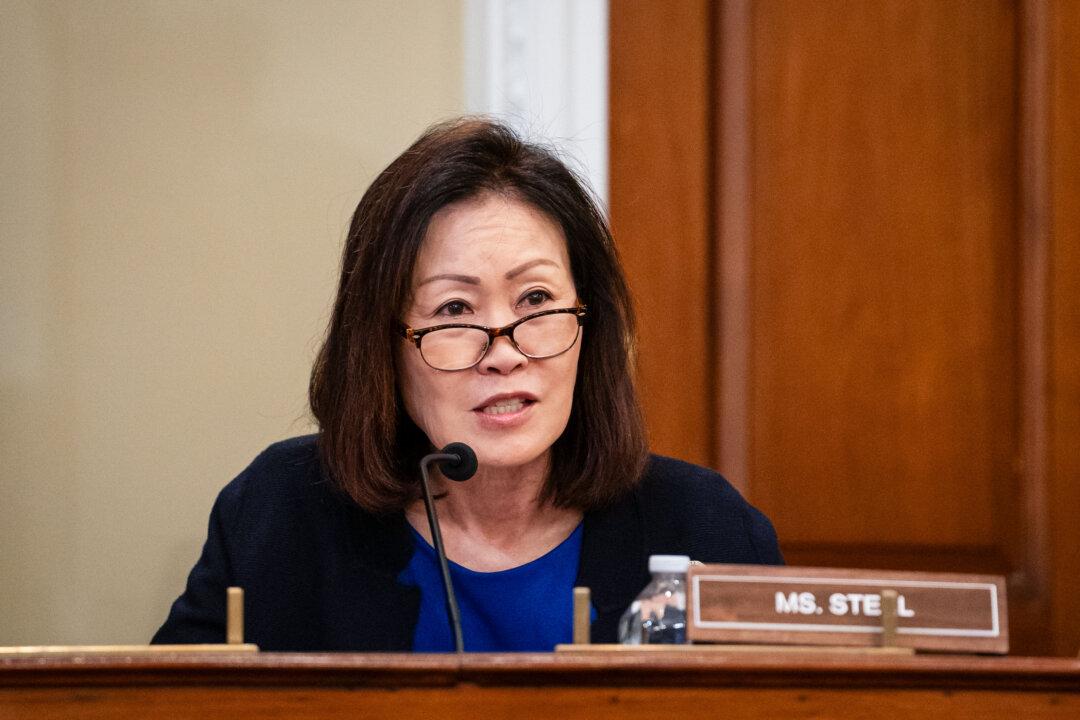The Los Angeles County Superior Court Oct. 30 released initial data of the county’s recently introduced zero-bail system, saying it has thus far been successful and has not resulted in a decline in public safety—countering concerns raised by some city officials and other members of the community.
The new bail schedule—implemented Oct. 1—allows for the release without bail of those arrested for low-level or nonviolent offenses including car thefts, burglaries, theft of property of any value, retail and commercial thefts, possession of stolen property, forgery, and drug sales.
According to the report, less than 3 percent of people who have been booked on suspicion of a crime were subsequently re-arrested and booked again in the three-week period analyzed.
Ms. Jessner added that the new system is more fair.
“Under the previous money bail system, these same high-risk individuals would be able to buy their release from jail if they had access to money, and the low-risk individuals would remain in jail for days, weeks, months, or even years if they did not have access to money to purchase their release,” she said.

New Policy
Under the new policy, individuals detained on suspicion of non-violent or non-serious offenses are typically either issued a citation and released at the scene or booked and subsequently released from a police or sheriff’s station, with orders to appear in court for arraignment once formal charges are brought against them.However, arrestees considered to pose a higher risk to public safety or a potential flight risk would be brought before a magistrate judge who would then decide whether the individual should remain in custody until arraignment or be released under non-financial conditions, such as electronic monitoring.
Once charged and having appeared in court for arraignment, a judge could modify or revoke the defendant’s release conditions.
According to the report, among the 5,113 bookings recorded this month, 40 percent pertained to crimes falling within the purview of the conventional bail system, while 27 percent underwent a magistrate review.
During the COVID-19 pandemic, the county initiated a zero-bail system to prevent jail overcrowding. However, in response to a lawsuit, a judge in Los Angeles in May issued a preliminary injunction, essentially reinstating the system by ordering an end to cash bail by the Los Angeles police and sheriff’s departments. Separate to that suit, the Superior Court of Los Angeles County issued a new bail schedule over the summer, mirroring the no-cash bail policy, which is now in effect.

Opposition
The controversial policy has faced criticism from law enforcement and local officials over concerns about its potential soft-on-crime approach.“We are asking the court to not release individuals who pose risks to the community safety, including those with repeated instances of prior serious offenses,” Los Angeles Police Chief Michel Moore said in a statement issued before the policy’s implementation.
Additionally, Mr. Moore said that the zero-bail policy may undermine law enforcement’s capacity to combat crime effectively.
“Law enforcement is averse to the list of ‘book and release’ offenses because that approach offers little to no deterrence to those involved in a range of serious criminal offenses,” he said.
Some individuals additionally expressed concern regarding if the initial data released is an accurate assessment.
“Three weeks is not even close to long enough to determine if a county-wide plan is actually working,” Jonathan Hatami, a Los Angeles County deputy district attorney, wrote on X on Oct. 31.
He added that the policy would also negatively impact “already short staffed and underfunded” law enforcement.

The number of officers in the Los Angeles Police Department has dropped below 9,000—a historic low—according to an August report from the department.
Earlier this month, Mr. Hatami also said that the policy could directly affect the safety of the general public and cause businesses to close due to rising retail crimes.
“Zero bail doesn’t make any sense to me or to most people. ... It doesn’t make sense for business owners, it doesn’t make sense for our economy, it doesn’t make sense for public safety,” he said in a recent interview with EpochTV’s California Insider. “These types of policies are impacting everybody.”
More than two dozen cities across Los Angeles County, including most recently Torrance, filed a lawsuit last month in an attempt to halt the new system.
The cities currently part of the lawsuit include Arcadia, Artesia, Azusa, Baldwin Park, Beverly Hills, Cerritos, Covina, Downey, Duarte, Glendora, Industry, Irwindale, La Mirada, La Verne, Lakewood, Lancaster, Manhattan Beach, Norwalk, Palmdale, Paramount, Rosemead, San Dimas, Santa Clarita, Santa Fe Springs, Santa Monica, Torrance, Vernon, West Covina, and Whittier.
The lawsuit was reportedly transferred from Los Angeles County to Orange County Superior Court. A court date is still pending.







